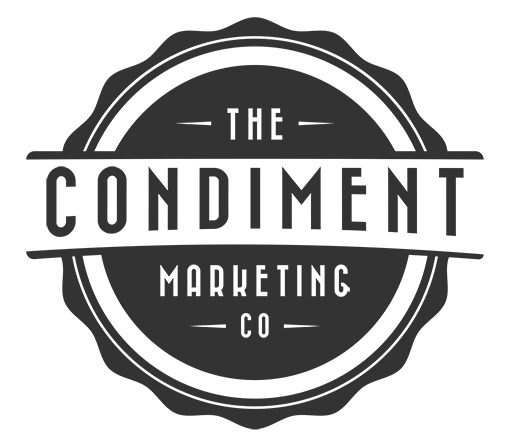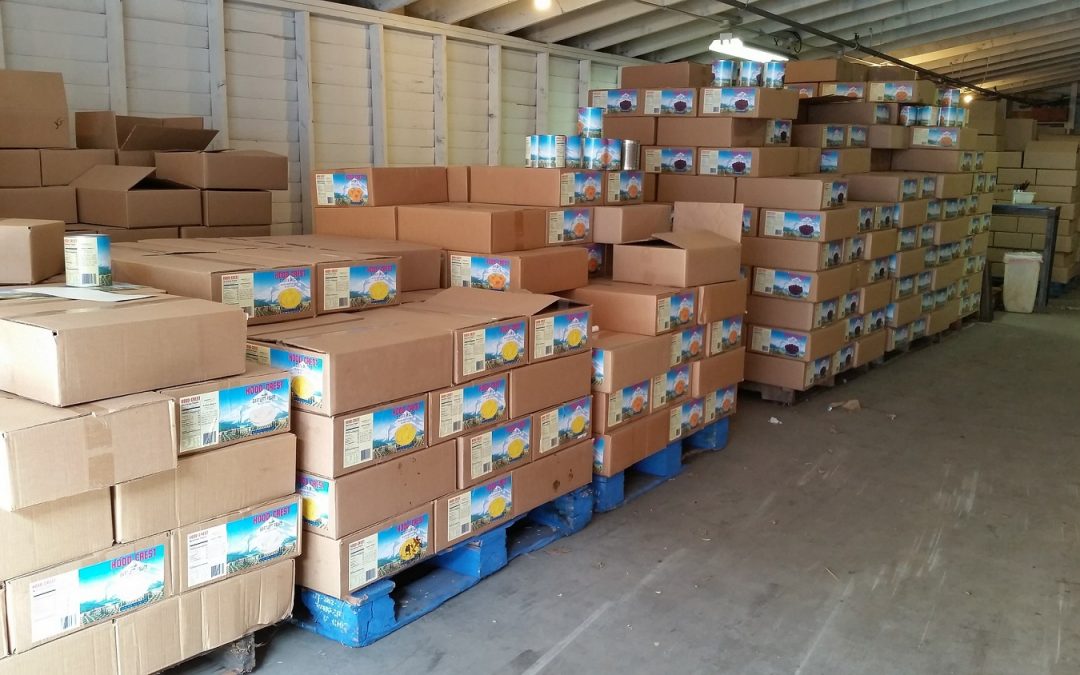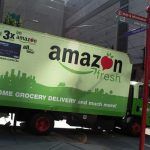You have a food or beverage product that you’d like to sell to consumers direct. Good for you. We like that you are a go-getter. Aside from opening your own storefront or selling at markets all year-long, your best option for selling directly to consumers is online, either through your own website or a third-party online retailer. Like all things, there are pros and cons to food and beverage ecommerce. Here are a few things to consider.
Setup A Reliable Ecommerce System
Sidenote, ecommerce is a word often used for online sales in the marketing biz.
Working with a web developer who specializes in e-commerce is not required, but it sure is nice. E-commerce websites can be difficult to customize, are known to break, and there are a lot of details that make the back-end confusing to navigate. You’ll love it when you can rely on an e-commerce expert to handle your site for you.
We like BigCommerce*, but SquareSpace and Shopify are nice, too.
Taking Credit Card Payments Online
Since you’ll be taking credit cards through your website, you’ll need two things to get started.
1 – Purchase an SSL certificate to make doubly sure transactions are secure and renew it every year.
2 – A merchant account with PayPal, QuickBooks, or whatever your preferred system is, which means additional costs. It’s a bummer to give away $30 a month and 1.5% of every transaction, but it is the cost of doing business.
Quick Tip on Pricing: Don’t Undercut Your Retailers
Be careful not to undercut your retailer partners. It’s one thing to provide a bonus jar of jam once in awhile and a totally other thing to charge $5 less than your best retailer all the time. Plus, and we’ve talked about this before, use your website and social media to support your retailers. That’s a relationship you want to foster.
Find a Fulfillment Center ASAP
If you pick and pack your own boxes, make an exit strategy immediately. We suggest you find a fulfillment center and learn about their minimums and recommendations right away so you can plan ahead. You have enough to do. (If you are in Colorado, check out 3PF Services in Denver.)
Do Whatever You Can to Offer Free Shipping
This is going to hurt. Shipping costs can be high, and consumers expect inexpensive or free shipping. In fact, 61% of consumers are “somewhat likely” to cancel their purchase if free shipping is not offered.
While we absolutely recommend you offer free shipping, we do not recommend it to the detriment of your bottom line.

Shipping Bits to Consider
- Work the numbers to figure out your costs, which includes materials, postage, and labor. Can you increase your retail price to cover those costs without having to explicitly charge extra for shipping?
- Make sure customers don’t see postage costs on a package when it arrives. How will they feel if they paid $12.99 for shipping and handling, but postage was only $4.97?
- Do a comparison of other online retailers in your niche. How can you do shipping better?
- Incentivize customers to make big orders to cover your costs without having to charge extra for shipping. It’s a very common practice to see something like “Orders over $50 receive free shipping.”
Monitor Abandoned Carts
Shoppers abandon carts because of shipping costs, confusing checkout processes, slow page loading, and because they don’t want to register an account. By monitoring how many abandoned carts you have and where in the process they abandon, you can make tweaks to the system.
Now that you know more about food and beverage ecommerce, what will you do to sell more?
*The link to BigCommerce is an affiliate link.





